 Biomedical engineering researchers have developed inexpensive paper pumps that use capillary action to power portable microfluidic devices, opening the door to a range of biomedical tools.
Biomedical engineering researchers have developed inexpensive paper pumps that use capillary action to power portable microfluidic devices, opening the door to a range of biomedical tools.
Mar 8th, 2017
Read more
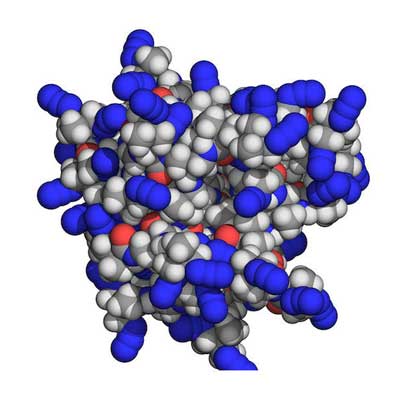 Researchers achieved a new understanding of dendritic molecules which could play a role in drug and gene delivery and antimicrobial resistance.
Researchers achieved a new understanding of dendritic molecules which could play a role in drug and gene delivery and antimicrobial resistance.
Mar 7th, 2017
Read more
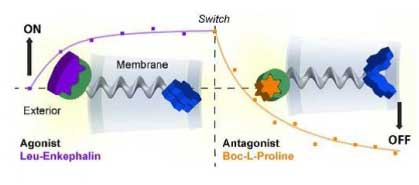 Researchers have found a way to mimic the way cells in living organisms 'talk' to the world around them by creating a world-first synthetic receptor which can respond to chemical signals just like its natural equivalent.
Researchers have found a way to mimic the way cells in living organisms 'talk' to the world around them by creating a world-first synthetic receptor which can respond to chemical signals just like its natural equivalent.
Mar 6th, 2017
Read more
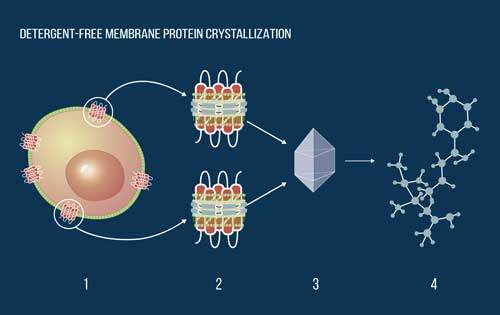 For the first time, the scientists showed that membrane proteins trapped in synthetic patches of cell membrane called 'nanodiscs' can be transferred into the lipidic cubic phase and crystallized.
For the first time, the scientists showed that membrane proteins trapped in synthetic patches of cell membrane called 'nanodiscs' can be transferred into the lipidic cubic phase and crystallized.
Mar 6th, 2017
Read more
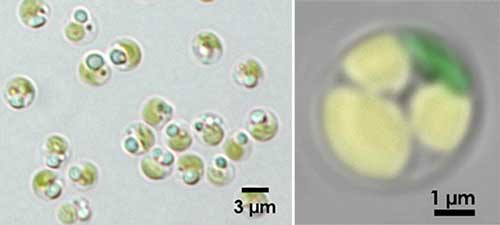 Biofuel produced by microalgae: The perimeter of lipid droplet in their cells is an important place for oil synthesis.
Biofuel produced by microalgae: The perimeter of lipid droplet in their cells is an important place for oil synthesis.
Mar 3rd, 2017
Read more
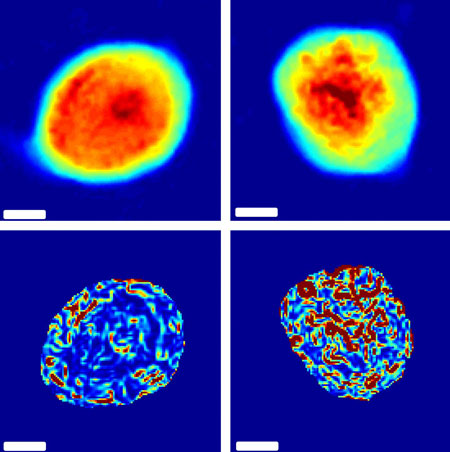 Laser technique peers through individual cells to gauge stiffness with unprecedented speed.
Laser technique peers through individual cells to gauge stiffness with unprecedented speed.
Mar 1st, 2017
Read more
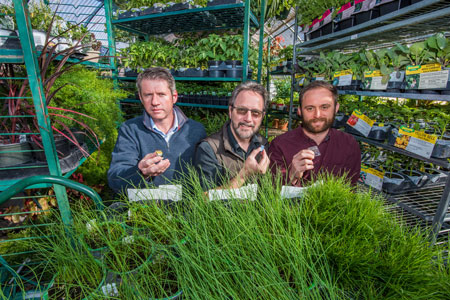 A new program hopes to develop better crops - super plants that are drought-resistant, use less fertilizer and remove more carbon dioxide from the atmosphere.
A new program hopes to develop better crops - super plants that are drought-resistant, use less fertilizer and remove more carbon dioxide from the atmosphere.
Feb 28th, 2017
Read more
 Researchers are working to create circuits using not the usual silicon transistors but strands of DNA.
Researchers are working to create circuits using not the usual silicon transistors but strands of DNA.
Feb 23rd, 2017
Read more
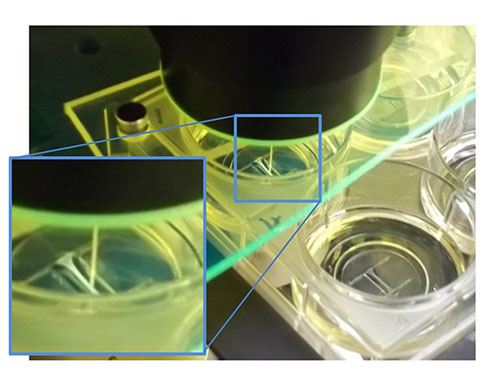 The human heart beats more than 2.5 billion times in an average lifetime. Now scientists have created a three-dimensional organ-on-a-chip that can mimic the heart's amazing biomechanical properties.
The human heart beats more than 2.5 billion times in an average lifetime. Now scientists have created a three-dimensional organ-on-a-chip that can mimic the heart's amazing biomechanical properties.
Feb 23rd, 2017
Read more
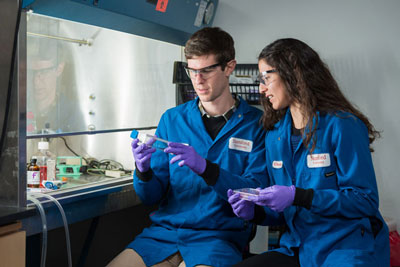 A collaboration between chemists and gene therapy experts produced a new way of inserting the code for modified proteins into the cells of mice. If successful in humans, the technique could be useful for vaccines or cancer therapies.
A collaboration between chemists and gene therapy experts produced a new way of inserting the code for modified proteins into the cells of mice. If successful in humans, the technique could be useful for vaccines or cancer therapies.
Feb 21st, 2017
Read more
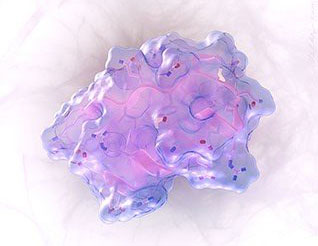 New computational methods may enable custom-designed drugs.
New computational methods may enable custom-designed drugs.
Feb 20th, 2017
Read more
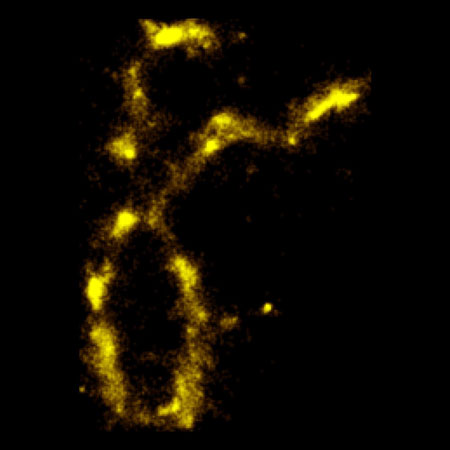 Powerful optical imaging technology catches DNA naturally fluorescing.
Powerful optical imaging technology catches DNA naturally fluorescing.
Feb 17th, 2017
Read more
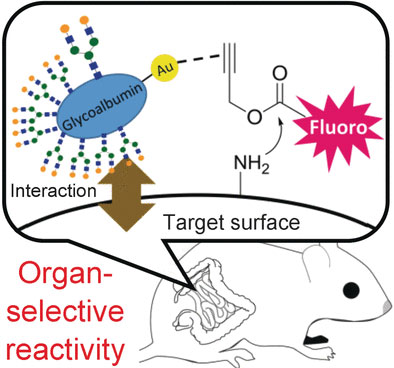 Organ-targeted metal-complex catalysis within living biological systems.
Organ-targeted metal-complex catalysis within living biological systems.
Feb 17th, 2017
Read more
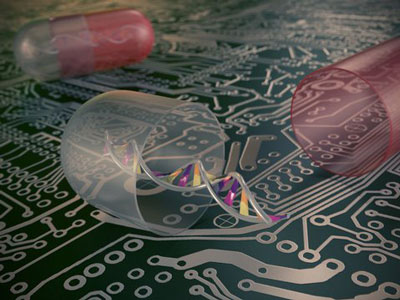 Researchers present a new method that should enable controlled drug delivery into the bloodstream using DNA computers.
Researchers present a new method that should enable controlled drug delivery into the bloodstream using DNA computers.
Feb 17th, 2017
Read more
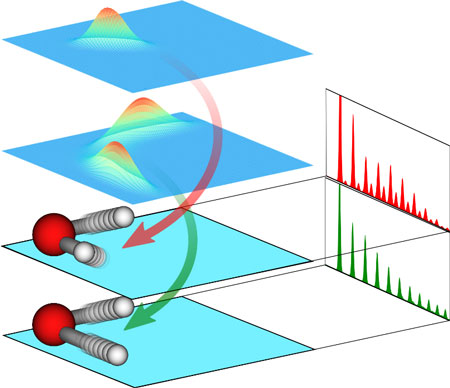 Every molecule holds a complex landscape of moving atoms - and the ability to single out and examine individual nuclear vibrations may unlock to the secret to predicting and controlling chemical reactions. Now a new method enables biotechnology researchers to do just that.
Every molecule holds a complex landscape of moving atoms - and the ability to single out and examine individual nuclear vibrations may unlock to the secret to predicting and controlling chemical reactions. Now a new method enables biotechnology researchers to do just that.
Feb 15th, 2017
Read more
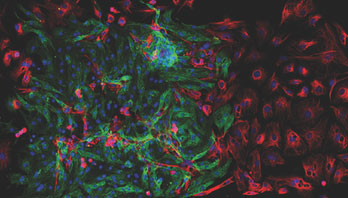 Using cardiac muscle cells and cardiac fibroblasts researchers have created a 'living diode', which can be used for cell-based information processing.
Using cardiac muscle cells and cardiac fibroblasts researchers have created a 'living diode', which can be used for cell-based information processing.
Feb 14th, 2017
Read more
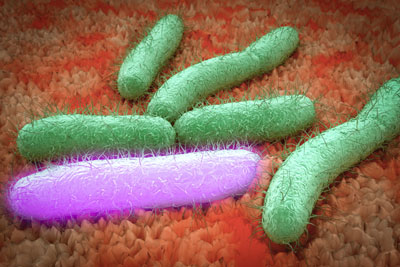 Chemical engineers have designed a novel genetic switch that allows them to dramatically boost bacteria's production of useful chemicals by shutting down competing metabolic pathways in the cells.
Chemical engineers have designed a novel genetic switch that allows them to dramatically boost bacteria's production of useful chemicals by shutting down competing metabolic pathways in the cells.
Feb 13th, 2017
Read more
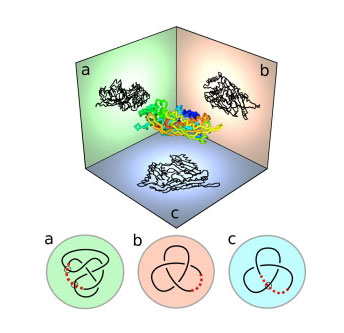 A new study has shown that knots in proteins can be understood using 'virtual knots' - a branch of knot theory previously considered as abstract and without application.
A new study has shown that knots in proteins can be understood using 'virtual knots' - a branch of knot theory previously considered as abstract and without application.
Feb 13th, 2017
Read more
 Biomedical engineering researchers have developed inexpensive paper pumps that use capillary action to power portable microfluidic devices, opening the door to a range of biomedical tools.
Biomedical engineering researchers have developed inexpensive paper pumps that use capillary action to power portable microfluidic devices, opening the door to a range of biomedical tools.
 Subscribe to our Biotechnology News feed
Subscribe to our Biotechnology News feed















